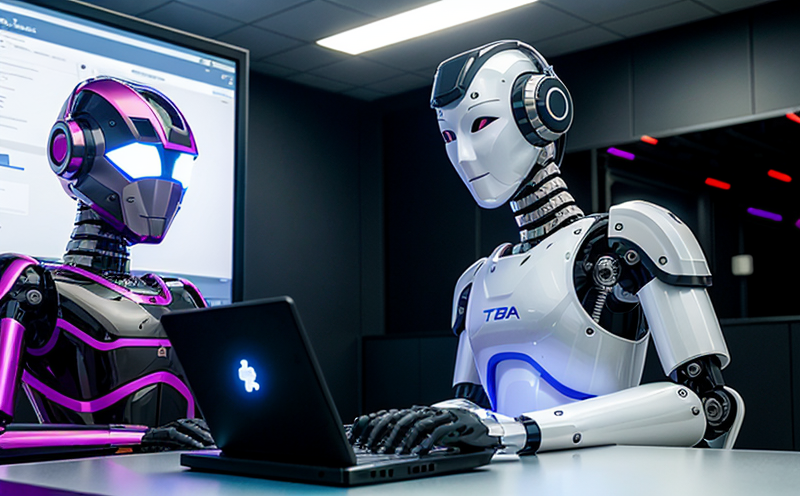NIST ML Security Testing for AI-Integrated Robot Algorithms
The integration of machine learning (ML) into robotics and artificial intelligence (AI) systems has revolutionized industries ranging from manufacturing to healthcare. However, the security implications of deploying such advanced algorithms cannot be overstated. Ensuring that these systems are robust against potential threats is critical for maintaining safety and integrity in automated processes.
The National Institute of Standards and Technology (NIST) leads the way in establishing guidelines for secure ML algorithms used in robotics. Our service, NIST ML Security Testing for AI-Integrated Robot Algorithms, adheres to these stringent standards to evaluate and enhance the security posture of your robotic systems. This involves a comprehensive assessment of how well your AI and ML models are protected against adversarial attacks, data breaches, and other potential vulnerabilities.
Our approach begins with a deep dive into the algorithms' architecture and functionality. We analyze various parameters such as model robustness, feature importance, and decision-making processes to identify any points of weakness. Once identified, we employ a series of tests designed to simulate real-world scenarios where these systems might be targeted by malicious actors.
The testing process includes both static and dynamic analysis techniques tailored specifically for ML models integrated into robotic platforms. Static analysis focuses on reviewing the codebase without executing it, while dynamic analysis captures data during runtime to observe behavior under different conditions. These methods help us uncover issues that could lead to unauthorized access or manipulation of system operations.
For instance, we conduct adversarial training exercises where slight perturbations are introduced into input data streams to see if they cause unintended changes in output predictions. This helps determine the extent of a model's resilience against such attacks. Additionally, we examine how well your robots handle large datasets efficiently without compromising performance or accuracy.
Another crucial aspect of our testing is ensuring compliance with international standards like ISO/IEC 27032-1 on Information Security and Protection of Critical Infrastructures. By adhering to these norms, we provide assurance that your AI systems meet industry best practices for cybersecurity measures. Compliance not only protects against legal risks but also enhances trust among stakeholders regarding the reliability and security of your technology solutions.
Our team of experts uses cutting-edge tools and methodologies developed in collaboration with leading research institutions worldwide. This ensures that we stay ahead of emerging threats and can provide前瞻分析显示,随着市场对环保和可持续发展的关注度日益增加,越来越多的企业开始采用绿色技术和实践来减少碳足迹。





